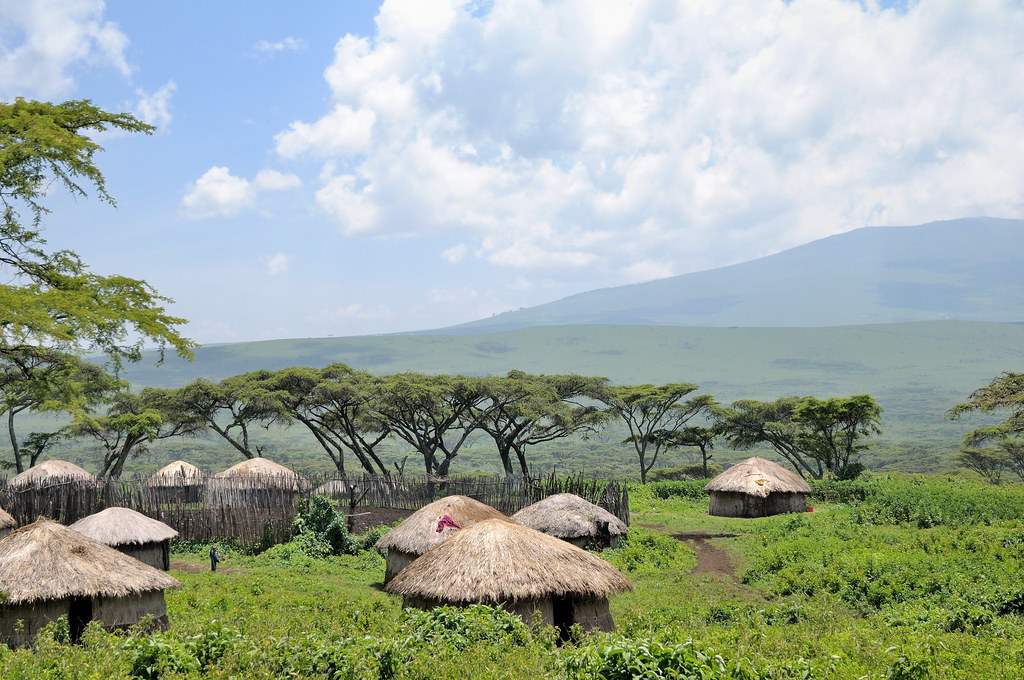Howdy, Stranger!
It looks like you're new here. If you want to get involved, click one of these buttons!
Categories
The Ngorongoro Conservation Area In Tanzania
Ngorongoro crater is found 180 kilometers West of Arusha town in Tanzania. This conservation area depends on the bottom from the Great Rift Valley. Ngorongoro is often a Masai word which was given to the warriors who attended the highlands to battle their enemies. The Ngorongoro and the area was declared a UNESCO World heritage Site in 1979. The conservation area covers an area of 8,288 square kilometers. It is a huge area including the Olduvai Gorge, Ngorongoro Crater, highland plains, forest, scrub and bush.

The Ngorongoro crater (volcanic caldera) was formed after a huge volcanic exploded and collapsed on its own about 3 million years ago. The crater, supplies a place of 260 squire kilometers is 610 meters deep. It's believed to have been greater than Mount Kilimanjaro before it collapsed.
The Ngorongoro crater is the greatest location for game viewing within the whole of Tanzania. The swamps, marshlands and Lake Magadi(alkaline water lake) such as the surrounding forest are an excellent the place to find about 40,000 wild animals. This include; countless wildebeest, zebra, Thomson gazelle, elephant, hippo, lion, cape buffalo as well as the jackal. This is a great spot to see the rare black rhino.
This is a bird watchers paradise especially round the marshland and lake Magadi. Bird species commonly seen here add the vultures, geese, ostrich, crowned cranes, herons, flamingos, eagles, secretary birds and kori bustards.
There are various springs which drain into lake Magadi throughout the rainy season such as Ngoitokitok, Munge and the Lerai stream. The streams are the ideal method to obtain water towards the wild animals, the cattle along with the Masai communities too. Wild animals stay in the crater throughout the wet season. Inside the dry season when there is less grass, they move beyond your crater looking for greener pastures.
Throughout the rainy season, the western plains of Ngorongoro provide adequate grass to the wildebeest migration from the Serengeti. The conservation area can also be home to about 62,000 people, the Masai community to be the majority. After conserving the Ngorongoro area, government entities has tried to balance the livelihood of the people. This have already been achieved by utilizing the area people through letting them graze their cattle. Government entities has additionally started projects including schools, health centers and road construction.
The fossil discovery by Leakey is clear evidence this area could be the oldest site with the hominoids home on the globe. The most important attraction here are the crater, wildlife, Oldivai Gorge and the beautiful highlands. Many of the activities include game viewing, hiking and photographing. You can even visit the Masai communities in places you will probably be entertained with dance, music and tales as you learn their cultures.
For more details about Ngorongoro Tanzania see the best resource